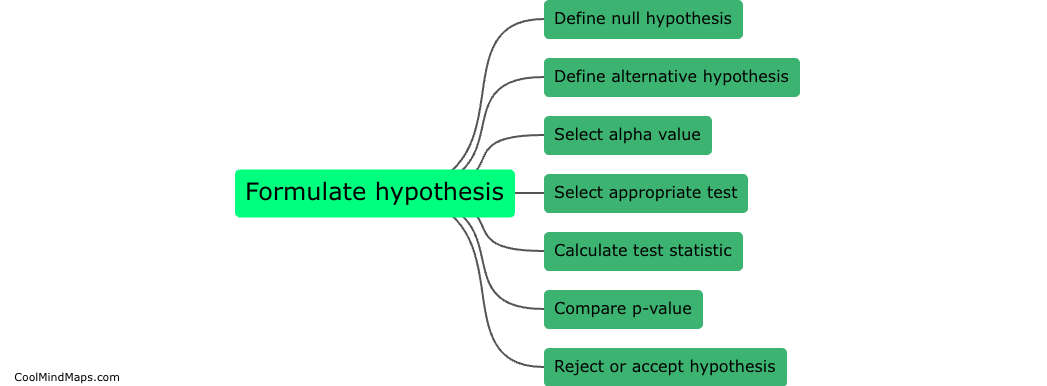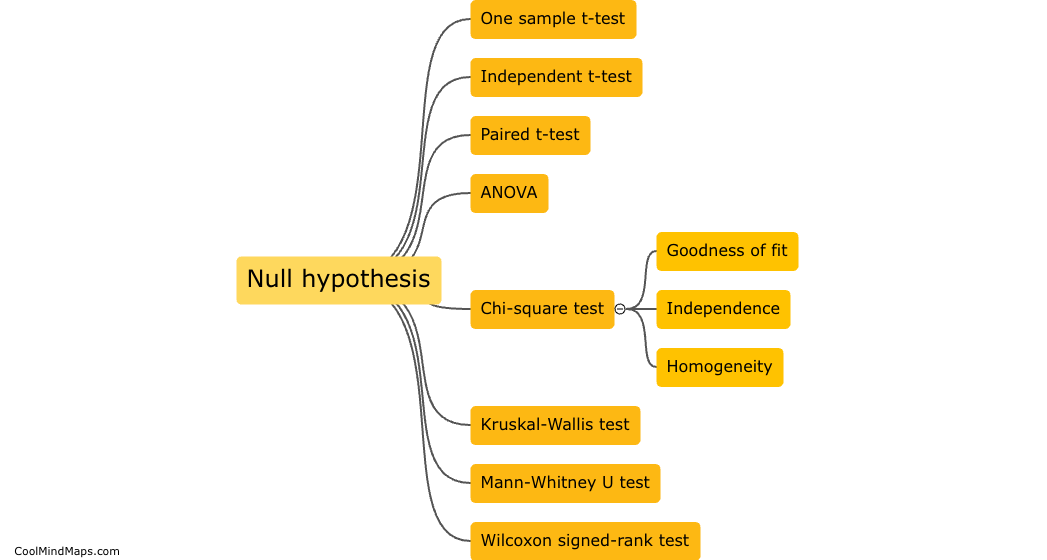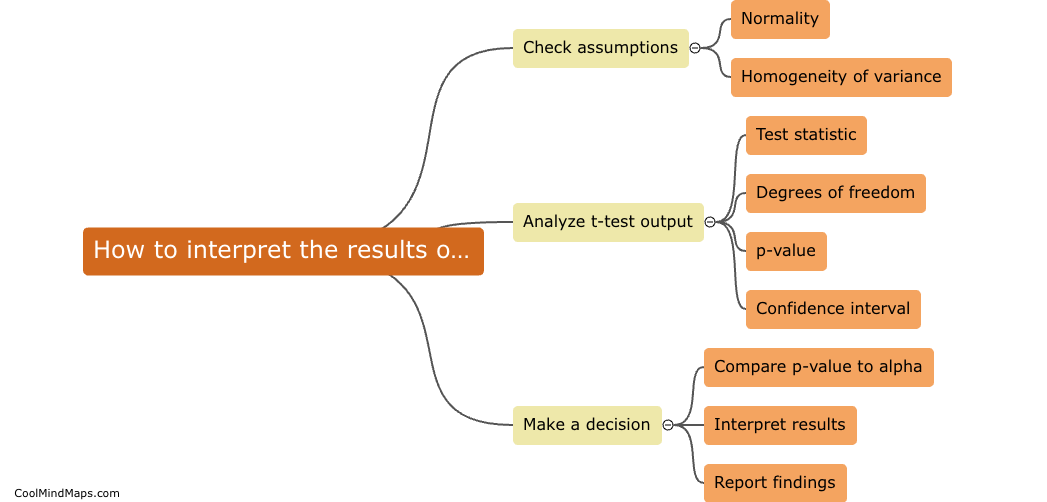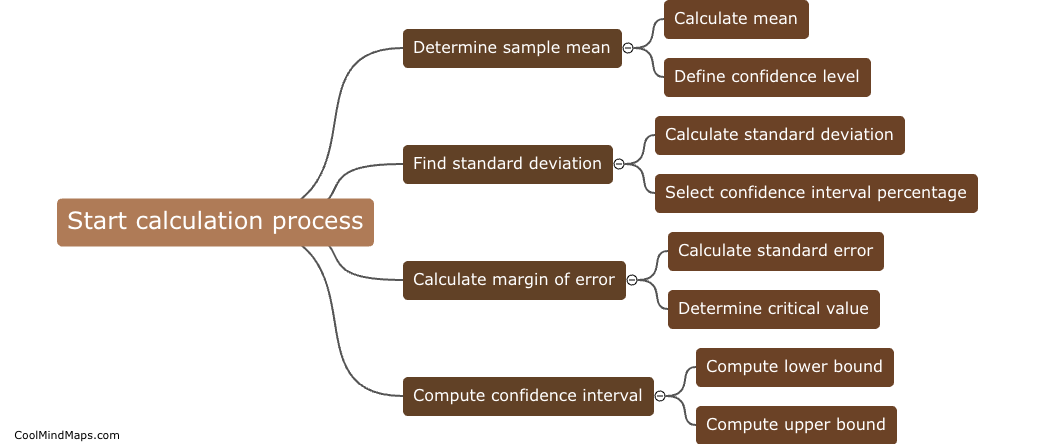What is random sampling in R?
Random sampling in R is a method used to select a subset of data points from a larger dataset in a way that each data point has an equal chance of being chosen. This process is essential for ensuring that the subset of data selected is representative of the larger population, allowing for more accurate analysis and interpretation of results. In R, random sampling can be easily performed using functions such as sample() or sample.int() to randomly select a specified number of data points from a vector or dataframe.
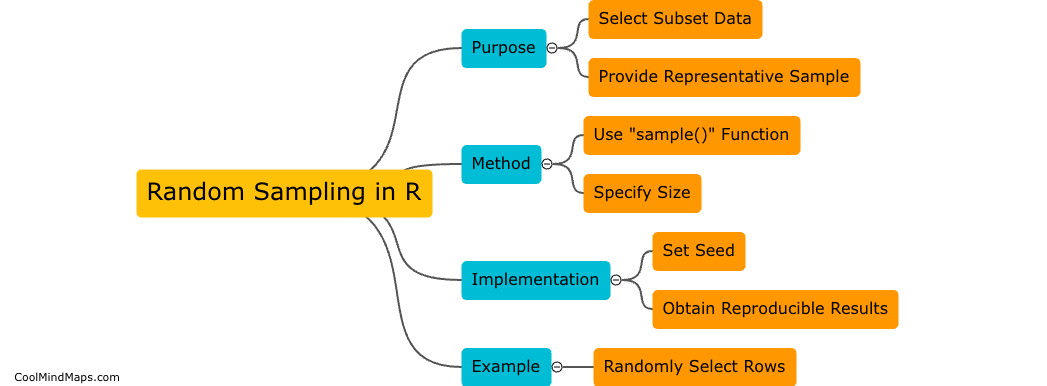
This mind map was published on 15 May 2024 and has been viewed 82 times.




